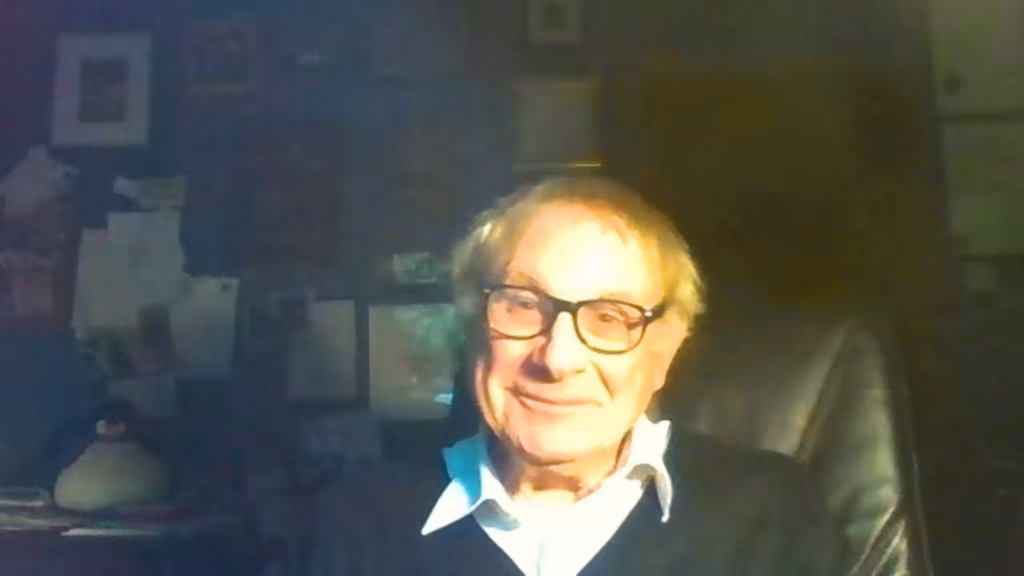Search Results
Showing Results for Anti-epileptic drug

Seizures are one of the most frequent neurological disorders in neonates − the incidence of seizures in infants born at term is 1–3 per 1,000 live births, and is even higher in both preterm and very-low-birth-weight infants at 1–13 per 1,000 live births.1 Seizures may ...
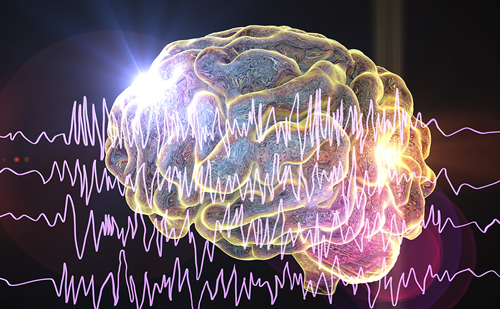
Affecting over 70 million patients worldwide, epilepsy is a chronic neurological disorder characterized by intermittent bursts of hyper-synchronous neuronal discharges.1 The manifestations are variable but reflective of the unique milieu and biology of epileptogenic foci.2 Pharmacological treatment with antiepileptic drugs (AEDs) ...
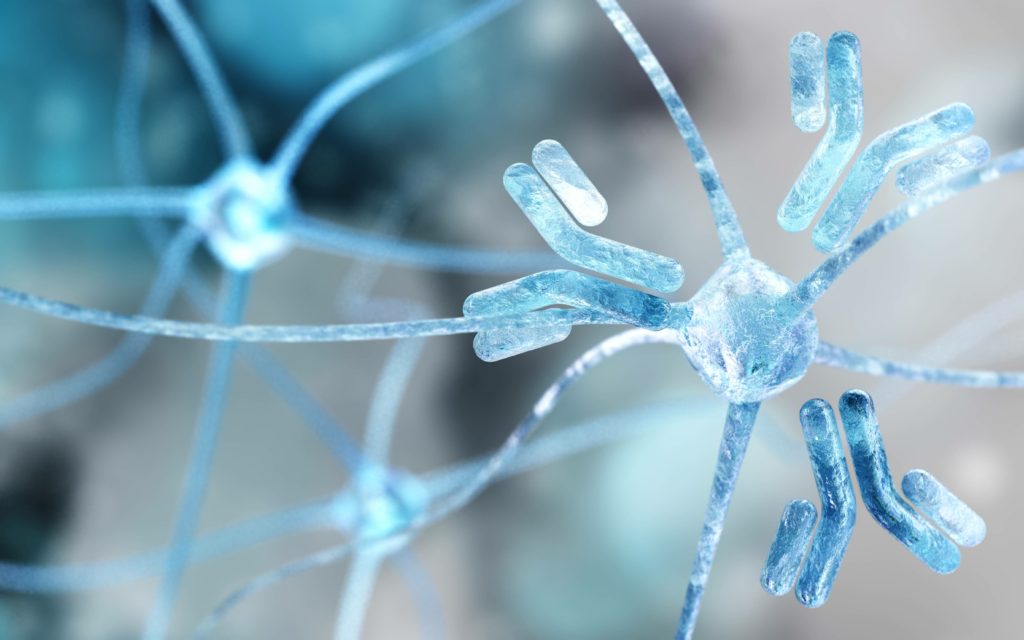
Rescue medications are an important part of the treatment regimen for patients with intractable epilepsy, specifically those who experience seizure clusters or prolonged seizure episodes. Rescue medications are prescribed to end seizure activity quickly and effectively in order to prevent ...

In this interview with touchNEUROLOGY, Prof. Jacqueline French (Comprehensive Epilepsy Center, New York University, New York, NY, US) discusses the needs of adults with focal epilepsy and the mechanisms of action of XEN1101, a novel, potent, selective Kv7.2/7.3 potassium channel. ...
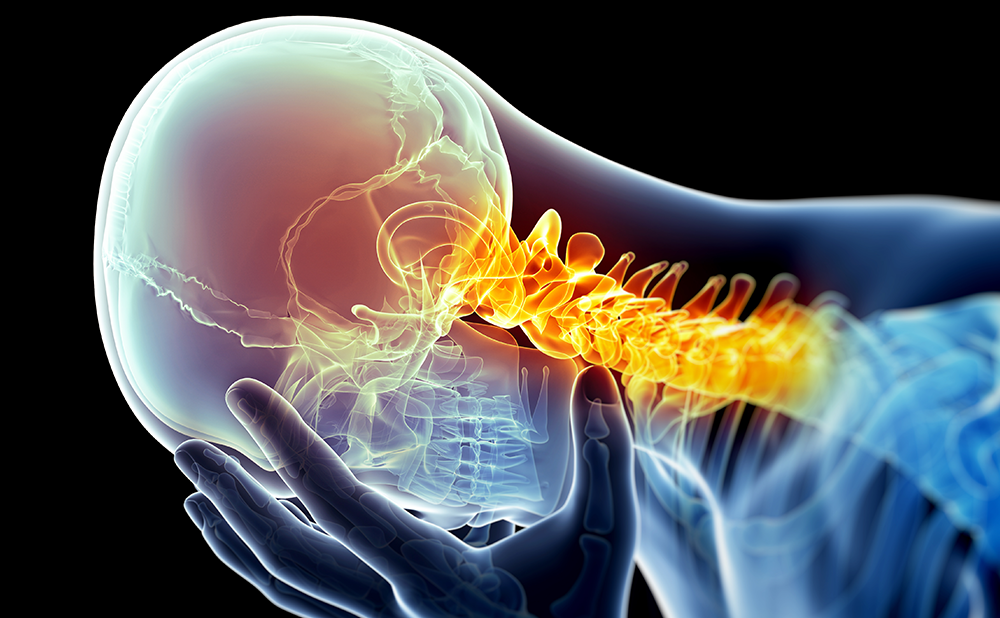
Photophobia is a complex disorder that can involve aversion not simply to bright light but to spatial patterns, colour and flicker.1 It is common in neurological diseases that involve the visual system,2 of which migraine is the most prevalent. Tinted ...

Posterior reversible encephalopathy syndrome (PRES) is a syndome characterized by a combination of clinical and radiological features.1–3 Its global incidence is unknown. It is underdiagnosed probably due to limited awareness. PRES presents with the rapid onset of neurological symptoms, such ...
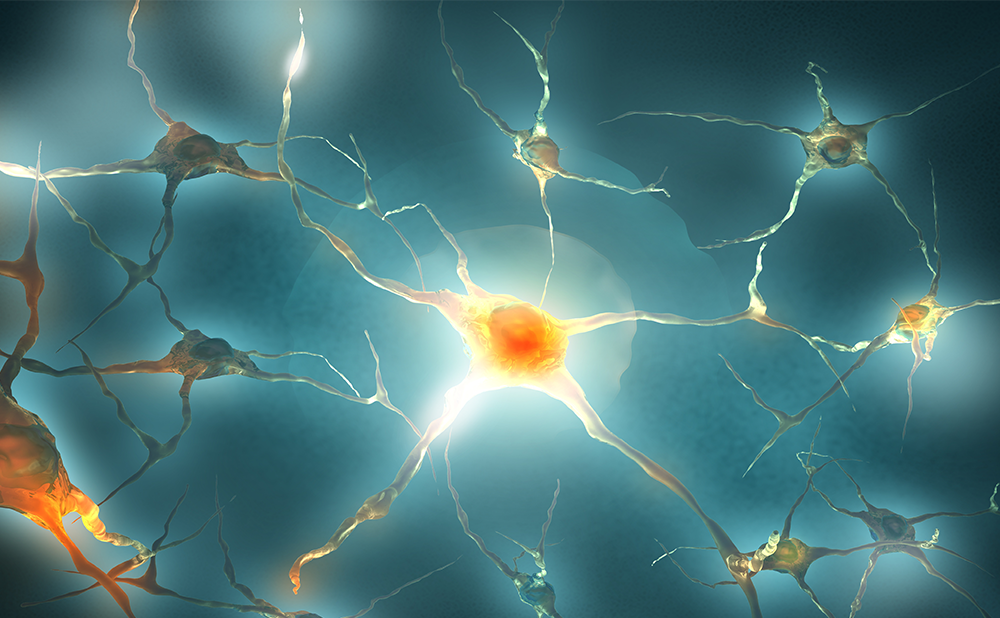
Myoclonus is defined as a sudden, brief, lightning-like muscle contraction.1 It was first described by Friedreich in 1881 when he detailed sharp jerks involving the bulk of a full muscle without marked limb or joint movement and called it paramyoclonus multiplex.2 ...
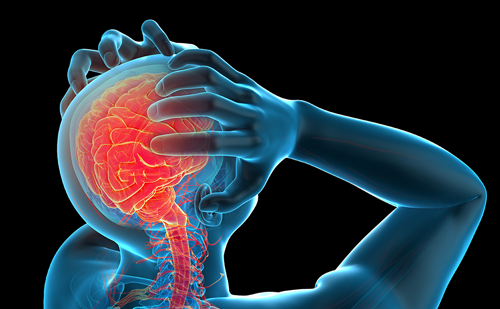
Treatment guidelines recommend preventive therapy for migraine, based primarily on the frequency of migraine attacks.1 Migraine-related burden of disease increases with the number of headache days; however, even fewer than 4 headache days per month can result in severe disability in ...
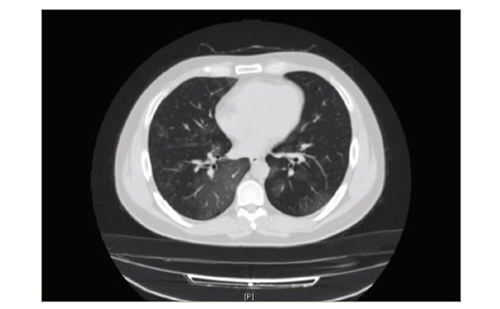
Healthcare workers are currently facing the coronavirus disease 2019 (COVID-19) pandemic and its complications, caused by severe acute respiratory syndrome coronavirus 2 (SARS-CoV-2). Patients usually suffer from respiratory problems and non-specific neurological symptoms, such as headache, dizziness and ataxia, as well as ...
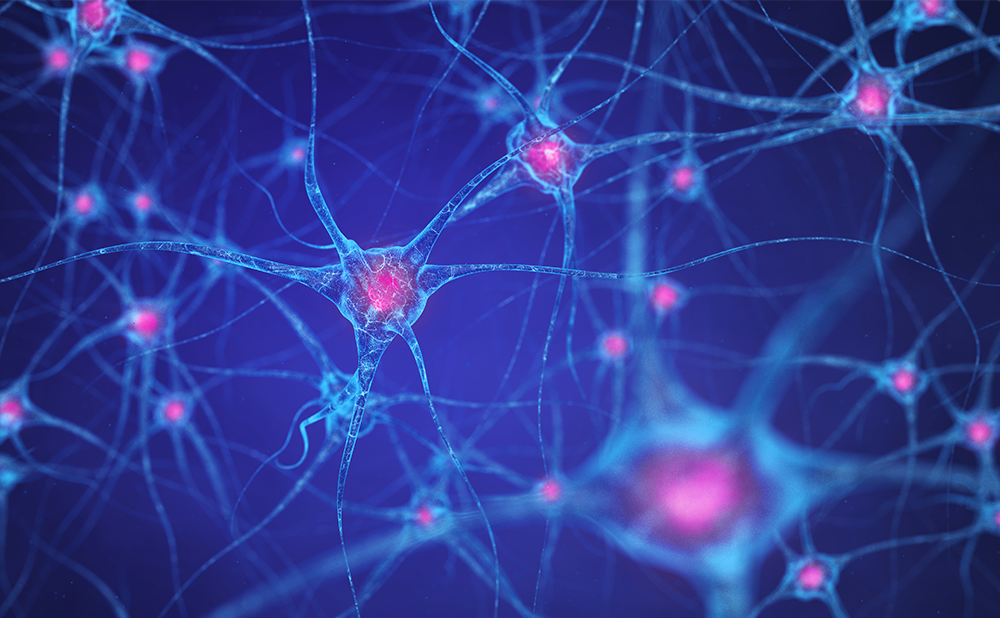
Epilepsy is a very common neurological disease, affecting more than 50 million people worldwide and 3.4 million people in the USA.1–3 Focal seizures, formerly partial-onset seizures, are the most common type, making up ≥60% of cases.4–6 Patients with epilepsy have an increased risk ...
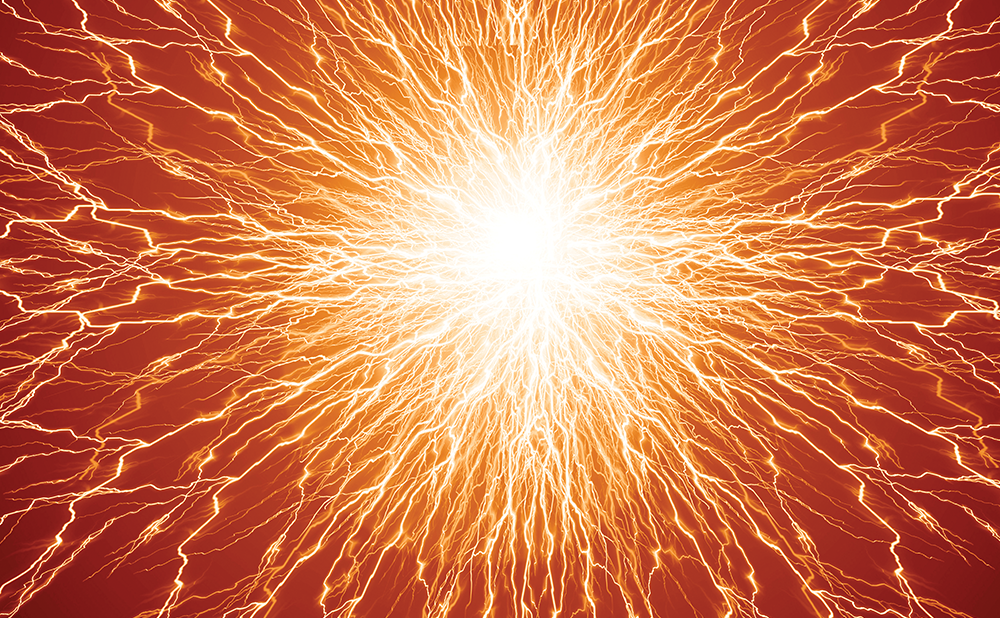
Dogma dictates that scientific literature should be couched in the third person, past tense. The idea is to obviate the potential to introduce personal bias that may accompany first person, present tense, which is creeping into modern scientific writing. This ...
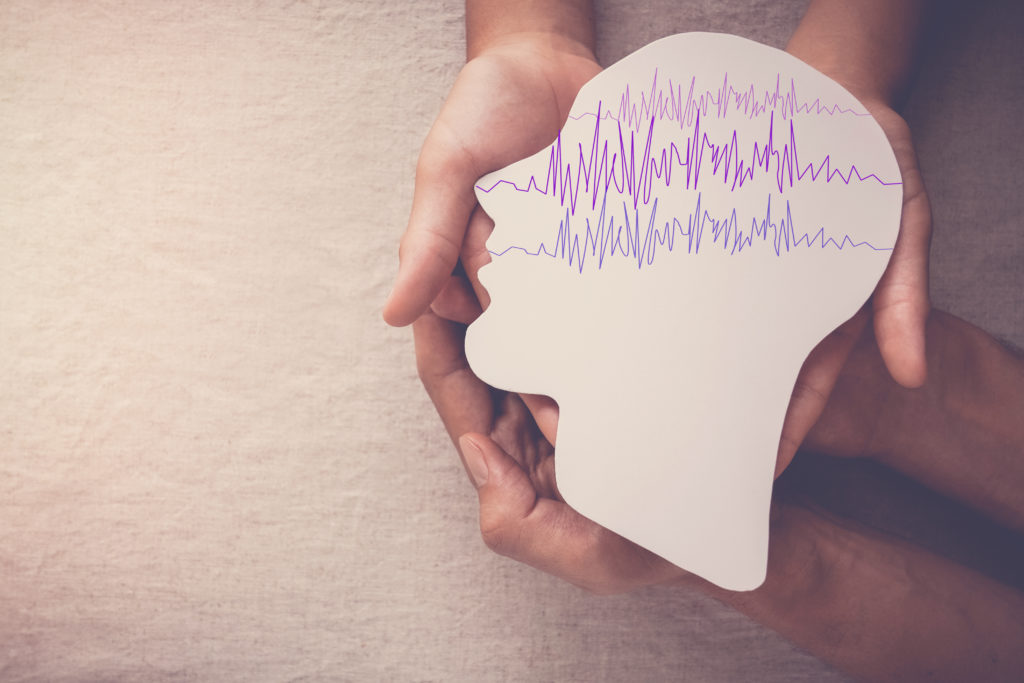
Epilepsy is one of the most common neurological disorders, affecting around 70 million people worldwide.1,2 Its management is mainly symptomatic, and long-term seizure remission is achieved in most cases.3,4 One-third of patients, however, continue to experience seizures despite adequate treatment.5 Remarkably, ...
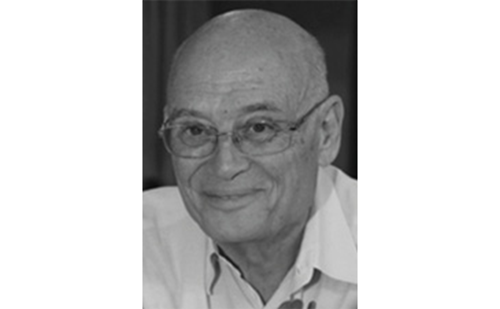
The World Congress on Controversies in Neurology (CONy) provides a platform for international experts to discuss and compare experiences. Its debate-style structure bridges the gap between the latest scientific advances and their dissemination and use. The congress has become a ...
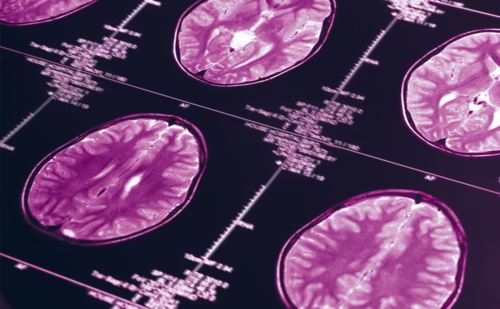
The International League Against Epilepsy (ILAE) revised its definition of epilepsy in 2014 in order to maximize early identification and treatment of patients with epilepsy.1 The ILAE’s conceptual definition of epilepsy, first formulated in 2005, is “a disorder of the brain ...

Welcome to the spring edition of US Neurology. During the COVID-19 pandemic, which has had a substantial impact on patients with neurological disease, as well as providing significant challenges to healthcare providers, we hope our journal provides reason for optimism ...
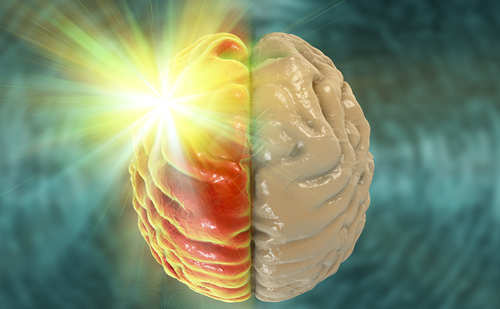
Although preventive treatment has been a mainstay of migraine treatment for decades, it still remains vastly underutilized.1,2 In recent years, however, the profusion of new treatments for migraine has expanded the therapeutic arsenal for the preventive treatment of migraine. Clinical ...
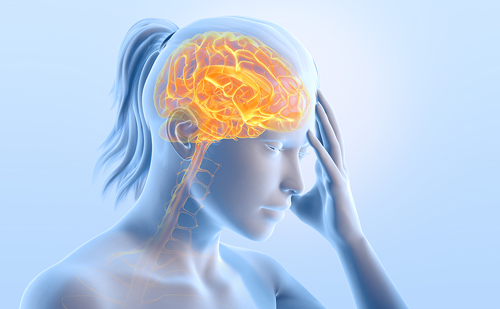
The medical group visit model is an innovative mode of care delivery that has gained popularity with clinicians, as it offers more options for chronic care management, with the added possibility of improving financial productivity. Group medical visits were initially ...
Latest articles videos and clinical updates - straight to your inbox
Log into your Touch Account
Earn and track your CME credits on the go, save articles for later, and follow the latest congress coverage.
Register now for FREE Access
Register for free to hear about the latest expert-led education, peer-reviewed articles, conference highlights, and innovative CME activities.
Sign up with an Email
Or use a Social Account.
This Functionality is for
Members Only
Explore the latest in medical education and stay current in your field. Create a free account to track your learning.


